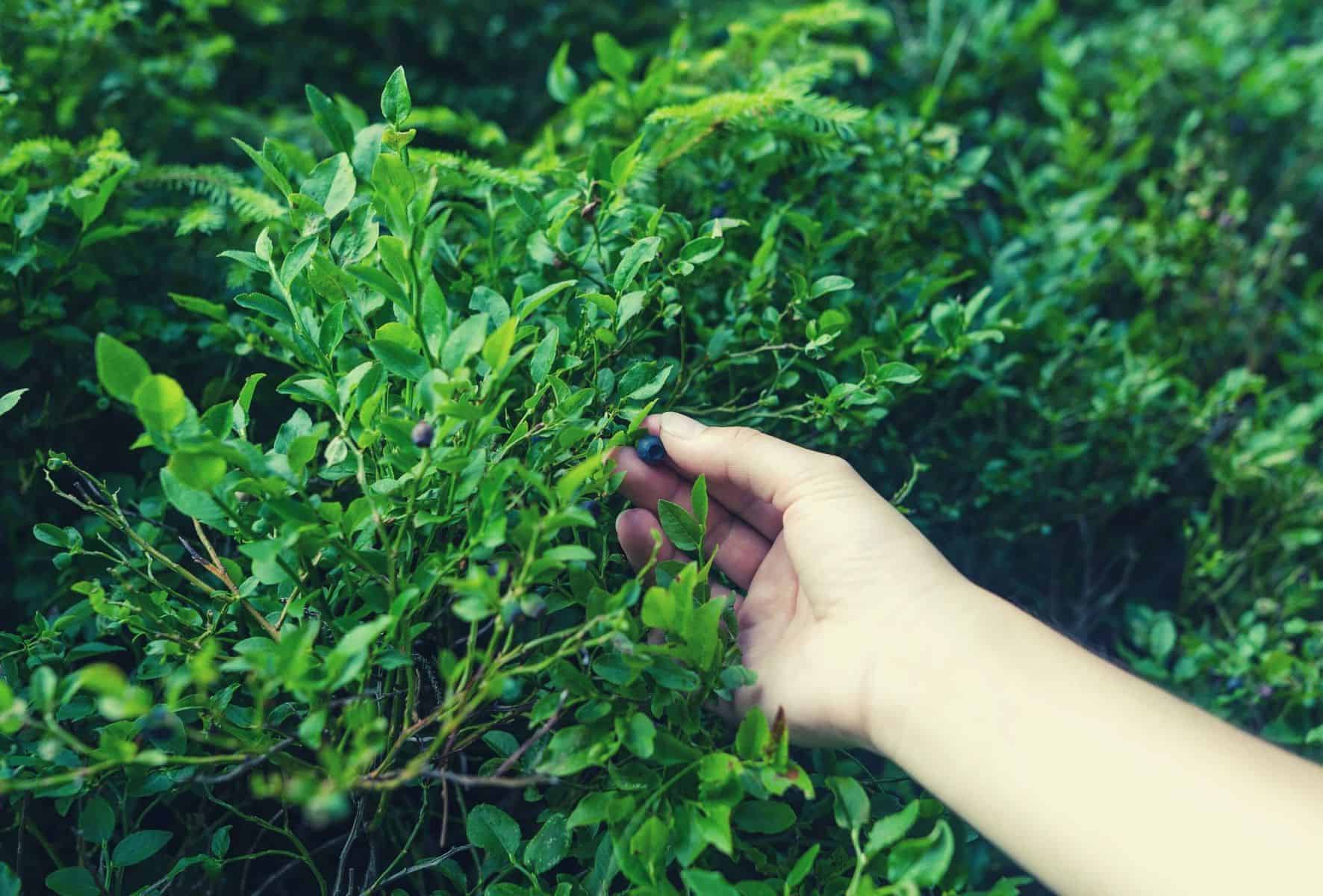I spent my childhood eating weird things (didn’t we all?), but from the earliest ages I can remember a fascination with edible plants. Hopping into the woods and returning with a sizable portion of roots, berries, and leaves was a delightful way to spend the day, but I would never have made it very far without knowing the universal edibility test.
The lessons I was taught were very hands-on, but in the many years since I harvested my first wood sorrel, I’ve learned the specific tools and skills you need to know when collecting wild plants for food. In this post, I’ll share them all!
Table of Contents
What Is The Test All about?
A skill taught in the United States Army Survival Manual, the universal edibility test is a technique for systematically assessing various parts of an unknown tree, shrub, herb, grass, fern, or moss to determine if it is edible. It’s a skill that can be useful in dire emergency situations but is one that requires great caution and experience.
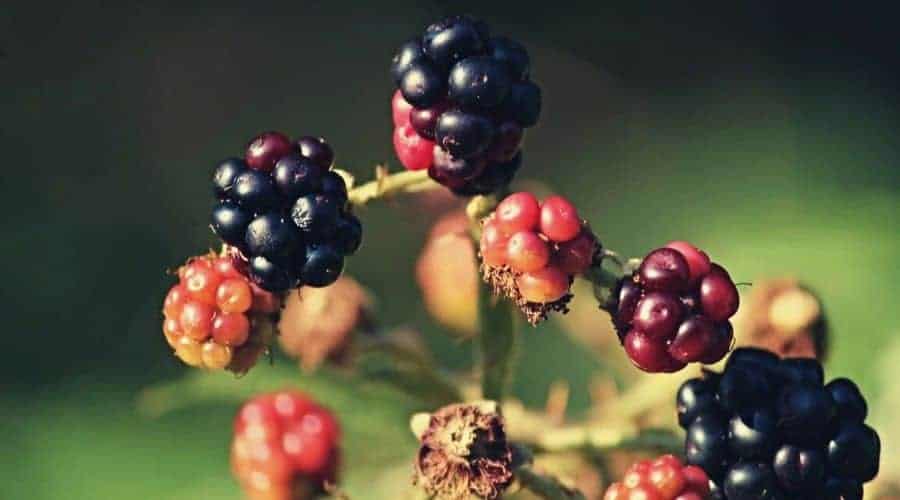
I was raised in a rural area and eating wild vegetation was a natural progression in my journey to adulthood. Popping a few berries and tasty leaves is a regular part of my hiking adventures, but it’s never something I do without caution. A single misidentification can have fatal consequences, or at least give you a case of diarrhea you do not want to have.
Why Eat Wild Plants?
The reasoning for eating foraged foods is multifaceted.
If you’re on a hike and looking to capitalize on whatever resources are around you, edible plants can supplement your diet (hello, ultra lightweight hikers). Fresh, sun-warm berries are incredibly delicious, and a few pieces of the aforementioned wood sorrel can add a bright and tangy taste to your campsite cooking.
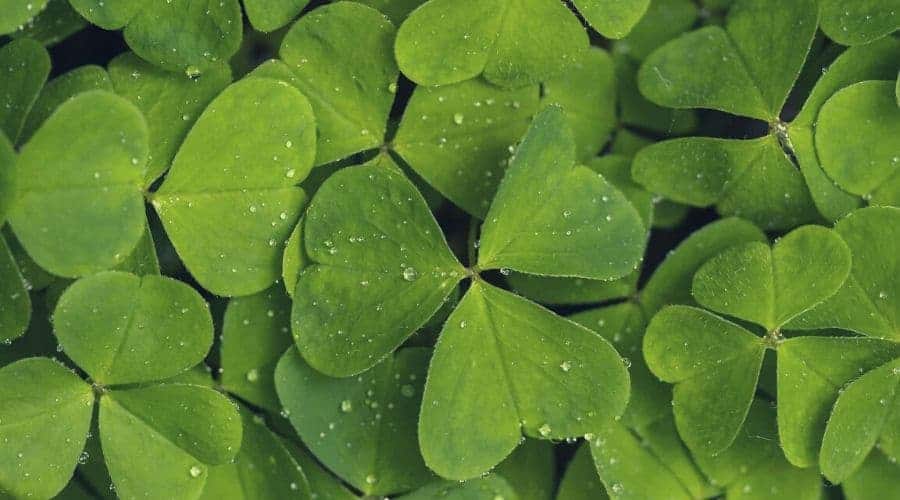
If you’re in a long-term survival scenario, having the survival skills such as knowing how to eat wild plants can literally save your life (or alternatively eating bugs safely).
But before you start sampling the greenery…
Heed My Warning!
Eating wild stuff is never a light-hearted and flippant decision to make. Even a few bites of the wrong plants can be fatal or incapacitating. Many have mimics that are almost impossible to distinguish between each other.
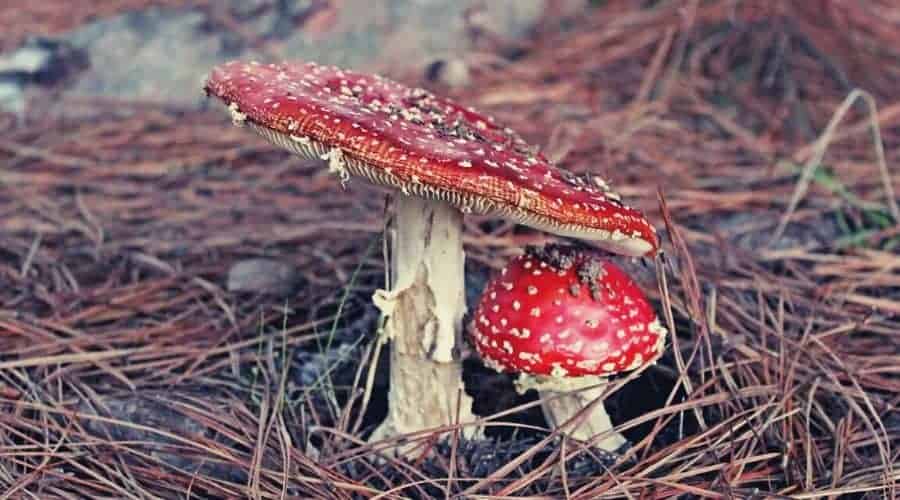
Positive identification is absolutely necessary before you start chomping on wild stuff for sustenance. DO NOT experiment with the UET casually, and ALWAYS err on the side of caution.
It can take a fit adult almost 30 days to starve to death. If you’re a few days out from rescue, hold off on eating wild plants until it becomes a do-or-die scenario.
Also, understand that mushrooms are not plants and therefore are not suitable for the test.
Even with proper identification, individual parts of a plant can be fatally toxic (like the case of Christopher McCandless of Into the Wild fame).
Please refer to this guide (PDF warning) to understand how dangerous toxic wild plants can be.
The Universal Edibility Test: How It’s Done
Follow these steps to determine if the plant in question is edible. Remember a cardinal rule of the universal edibility test: Test Only One Part of a Plant At a Time.
You should also test the parts of the plant as you intend to prepare them (raw, boiled, fried, etc). Each part of the plant is different.
Divide The Plant Into Leaves, Stems, Roots, Buds, And Flowers
The basic structures of a plant should be divided up. In general, if it produces a milky sap it should be avoided. You should smell it for strong odors; if they are present, discard it and do not consume it.
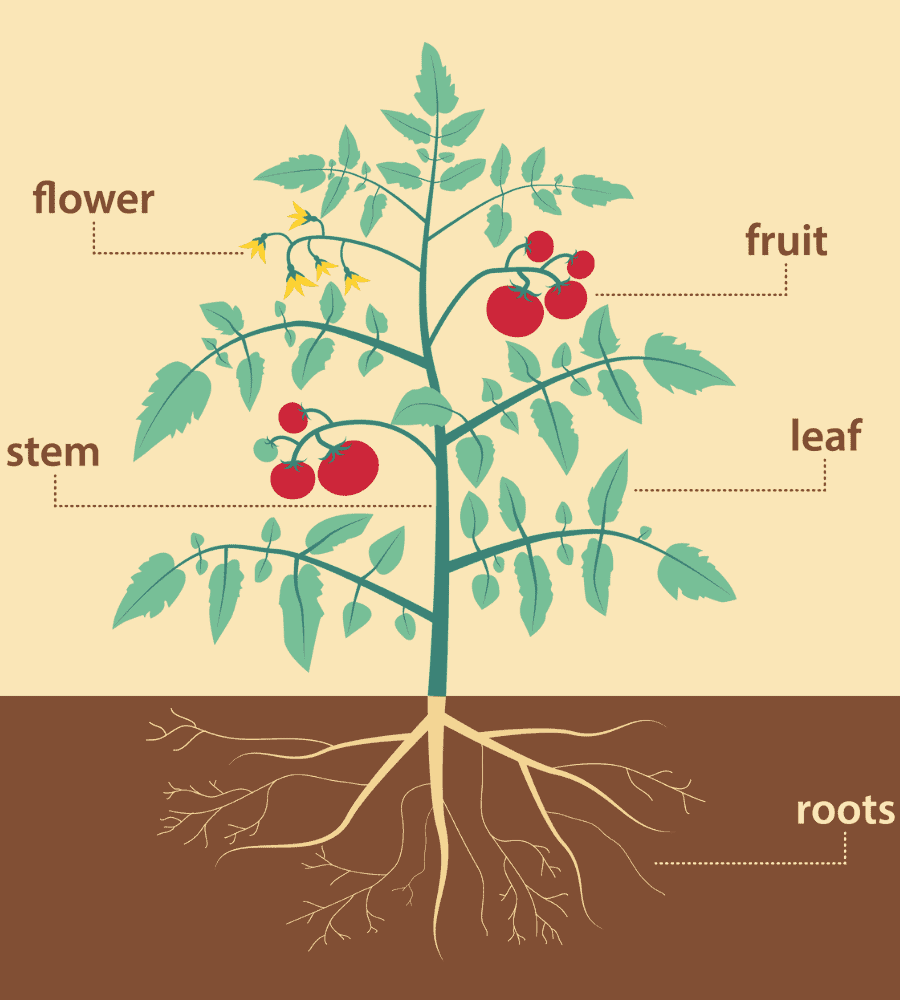
Try to abstain from eating for eight hours before starting the UET to ensure your system is reacting to the plant in question. In this eight-hour period place a leaf or stem on the inside of your elbow for 15 minutes to contact test for contact poisoning. If there is no effect after this time, you’re probably in the clear.
Drink a lot of water (and only water) while testing the plant parts.
Rub A Small Portion On Your Lip
This is an important step to take in the process. Many toxic plants will not cause a skin reaction to your interior elbow but will cause your lips to swell and tingle.
If there is the slightest sign of discomfort after touching the plant part to your lip, discard the part entirely. You’ll only need to wait about 5 minutes to know if it’s bothering you.
Place The Plant Part On Your Tongue
Hold the part on your tongue and wait another 15 minutes. Discard immediately if it produces an uncomfortable feeling, tingling, numbness, burning, itching, or any other strange reaction. If there are no reactions to this test, move on to the next step.
Chew A Piece Of The Plant Part
Chomp down and chew on the part and then hold it in your mouth for about 15 minutes but do not swallow it until 15 minutes have passed.
Wait 8 Hours
I know, I know; the waiting is the hardest part, but stand true and wait 8 hours after chewing the plant. If you start to feel any sort of ill effect during the period make yourself vomit and drink plenty of water. Discard the remaining portions of the plant.
Prepare More Of The Plant Parts
No ill effects? Great! But before you jump too far into things, cool your jets and prepare ¼ cup of the plant as you intend to prepare it for consumption.
Ingest it, and if you feel no ill effects after 8 hours, the plant is probably safe to eat and has passed the test!
Educate Yourself
The best way to identify what plants are edible is to learn about them before chowing down.
A few hours of reading, study, and in-depth research can provide you with a list of plants you can positively identify in the field. It’s a heckuva lot safer to know what you’re looking at that experiment with what’s going to happen after you eat it.
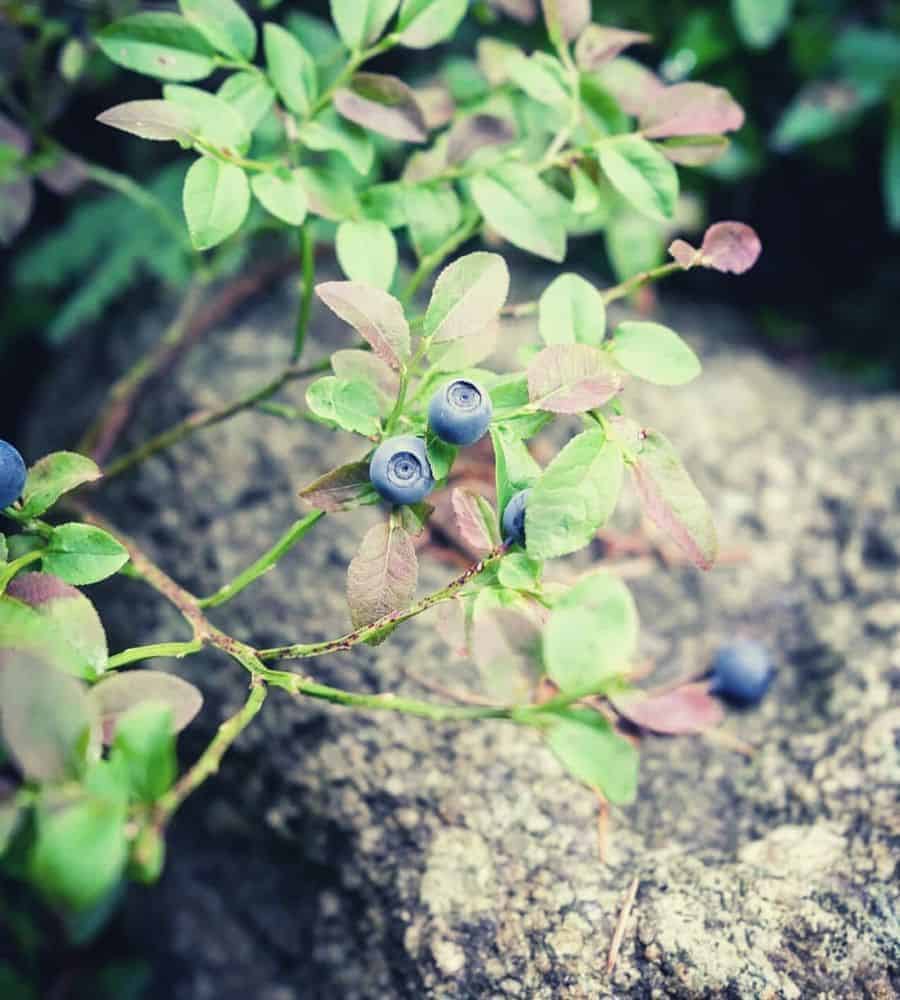
Learning about plants adds an entirely new facet of appreciation and understanding of the places you’re spending time outdoors. Those funky grasses are actually horsetails, and that crazy-looking flower that is shaped like a spaceship is a columbine.
In the eternally wise words of G.I. Joe, “Knowing is half the battle”. Possessing an educated understanding of the plants in your environment can eliminate the need for the universal edibility test.
But for those times when you’re in an unknown area and have nothing familiar to rely on, a strong grasp on the basic rules and guidelines of the UET can be a lifesaver.
Recommendations
- Foraging for Wild Edible Foods by James Kavanagh – An easily referenced guide to edible plants can readily fit into your pocket.
- Book of Forest & Thicket, The: Trees, Shrubs, and Wildflowers of Eastern North America by John Eastman – My go-to guide for anything Forest and Thicket, this guide provides ample resources on some of the most commonly encountered plants in Eastern North America.
- The Foragers Harvest by Samuel Thayer – It’s difficult to find a guide that can be reliable across a huge geographic area, but this one comes close. You’re better off with a regional foraging book, but this one is pretty handy for finding something you’ll encounter in the field.
